Please say I’m not the only one that comes up with crazy ways to deal with managing screen time!
- If you read for 30 minutes and exercise for 30 minutes, you can earn 15 minutes of screen time.
- No screen time during the week and two hours on the weekend.
- You can “purchase” screen time with the buttons in your jar. You can earn buttons by doing your chores, going to bed without arguing, and leaving your brothers alone.
- NO SCREEN TIME…EVER! I’m going to hide all the devices including the Wii remotes. You will read and do homework from the minute you get home to the minute you go to bed! (BTW…I’m not proud of that one, but yes, I have said it.)
This summer, I decided to approach screen time from a different angle. Instead of coming up with more rules and regulations, I decided to create some spaces in my basement that might seem more appealing than screens. Check out the the Spady boys’ Makerspaces.
My friend Karin recently gave her daughter Ava’s room a makeover. What do you get when you combine a sewing machine, art wall, marble run, outdoor bird feeder, indoor garden, and a doorbell? A makerspace fit for a queen! What kid wouldn’t love a room like this?! I’m thinking about asking Ava if I can rent the space for myself! 🙂
Makerspaces are popping up in schools too! The library seems to be a good fit for these exploratoriums since students come in and out throughout the day. Librarian and EY Coordinator Miss Heflin (@missheflin) is starting a Tinker Lab in Paddock Road’s library (@PaddockRoad66). How exciting!
So what are your thoughts? Do you have any suggestions for managing screen time? What kinds of materials would be in your ideal makerspace? Do makerspaces belong in schools? Leave a comment and share any resources!
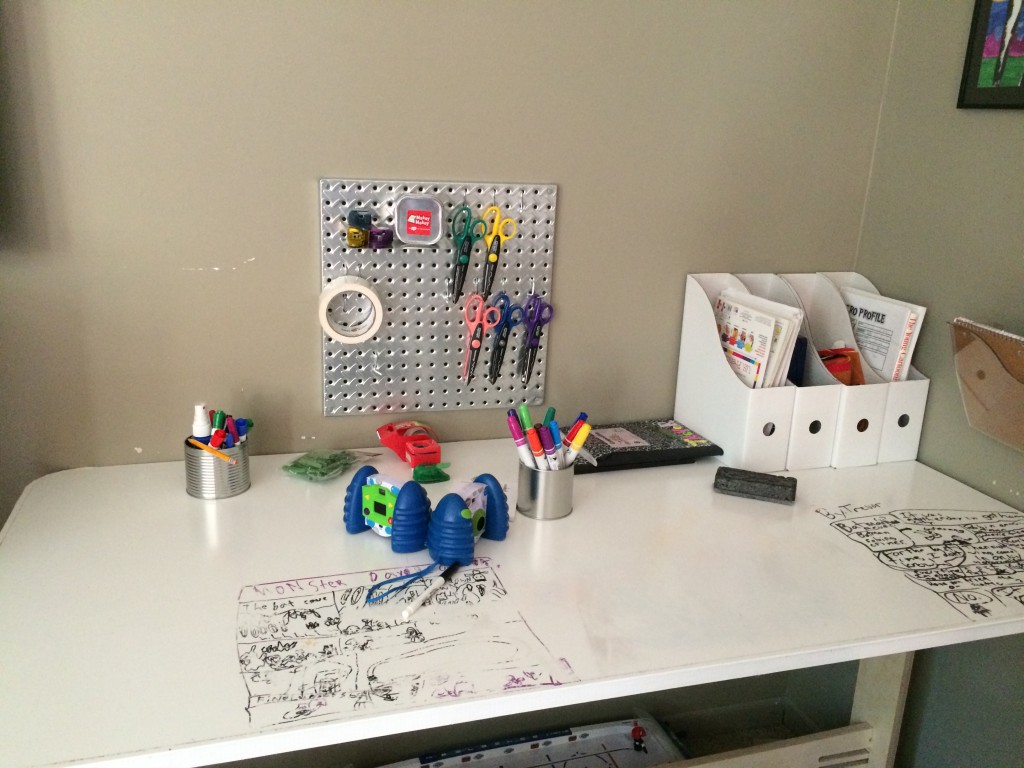
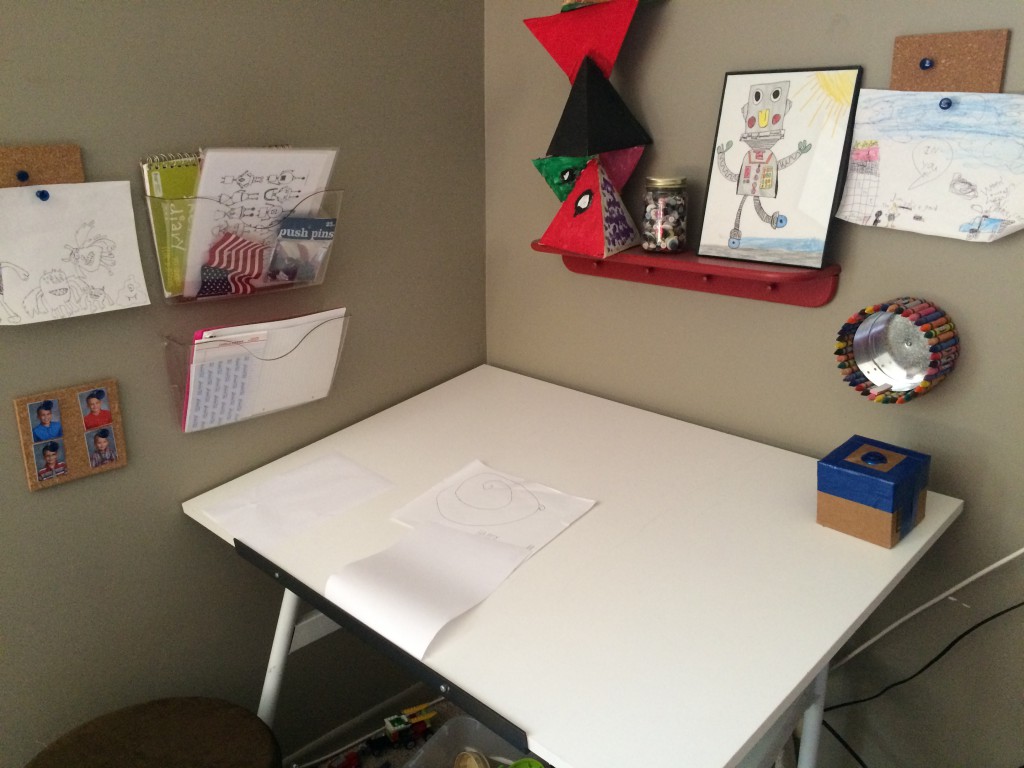
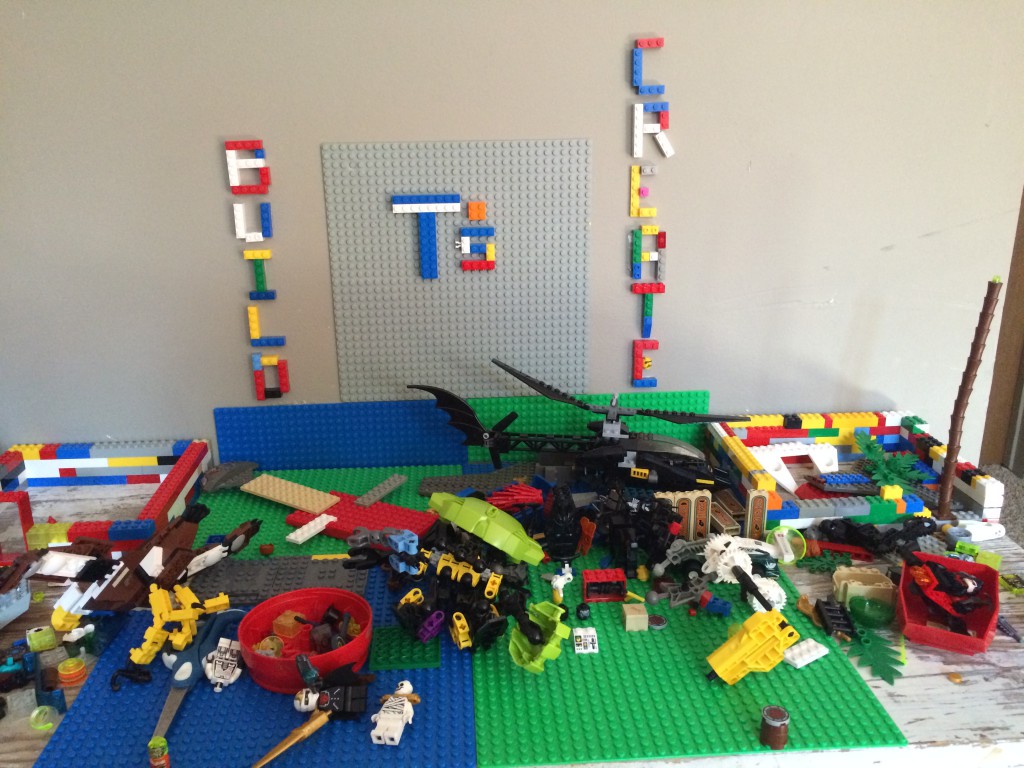
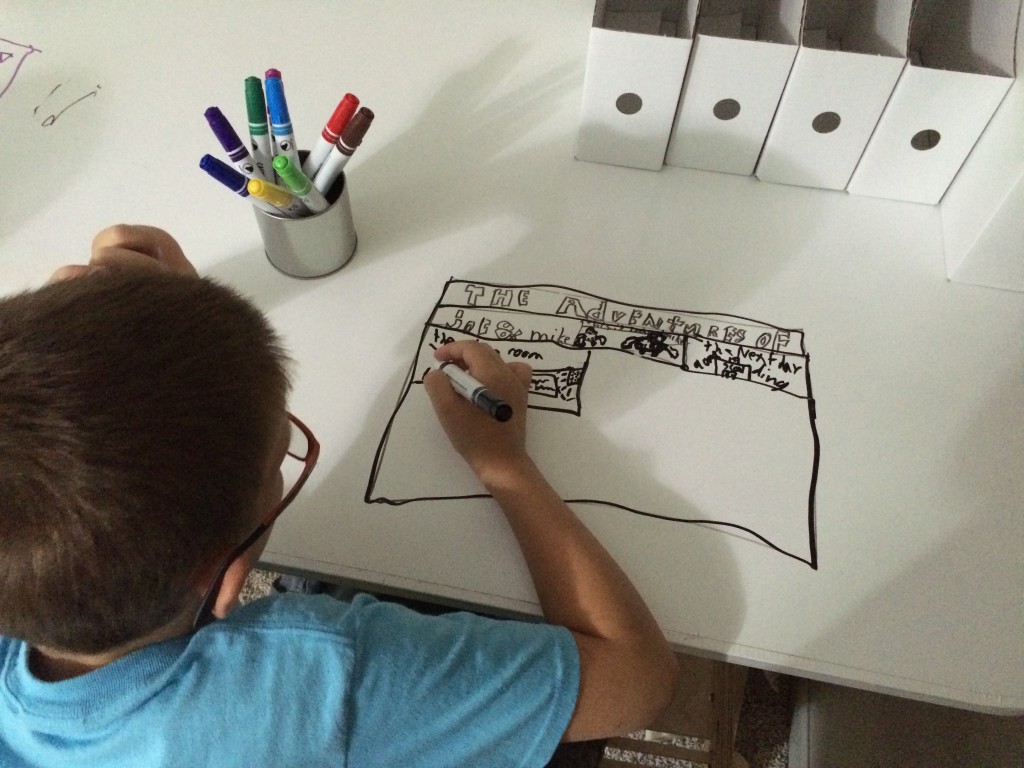
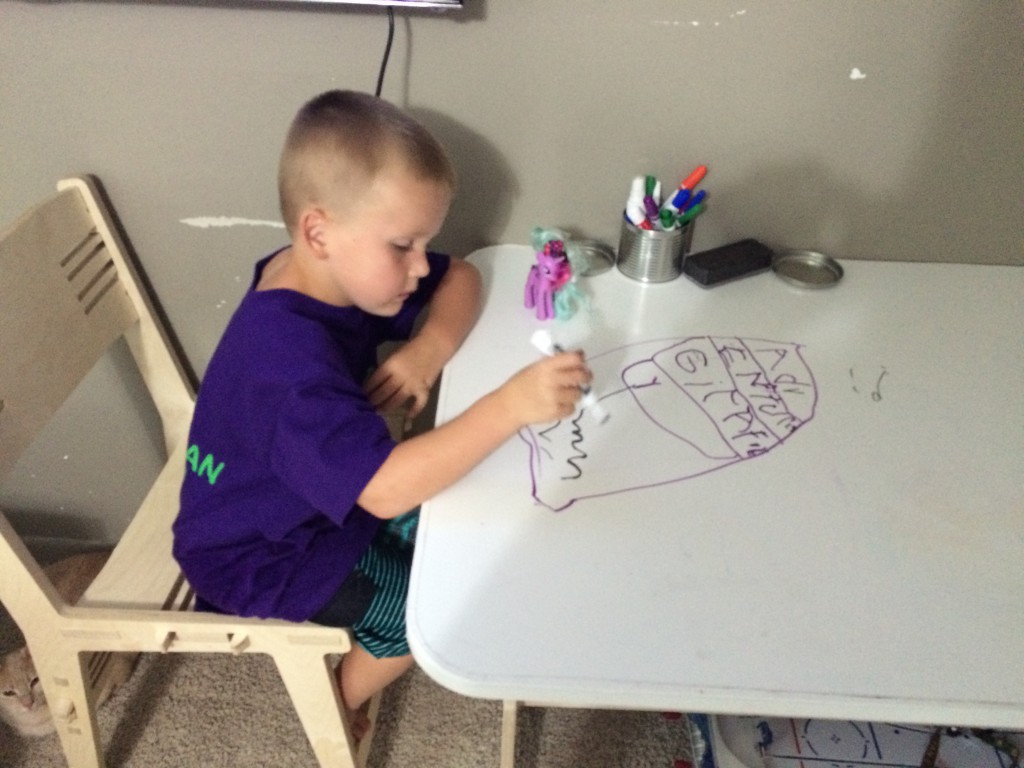
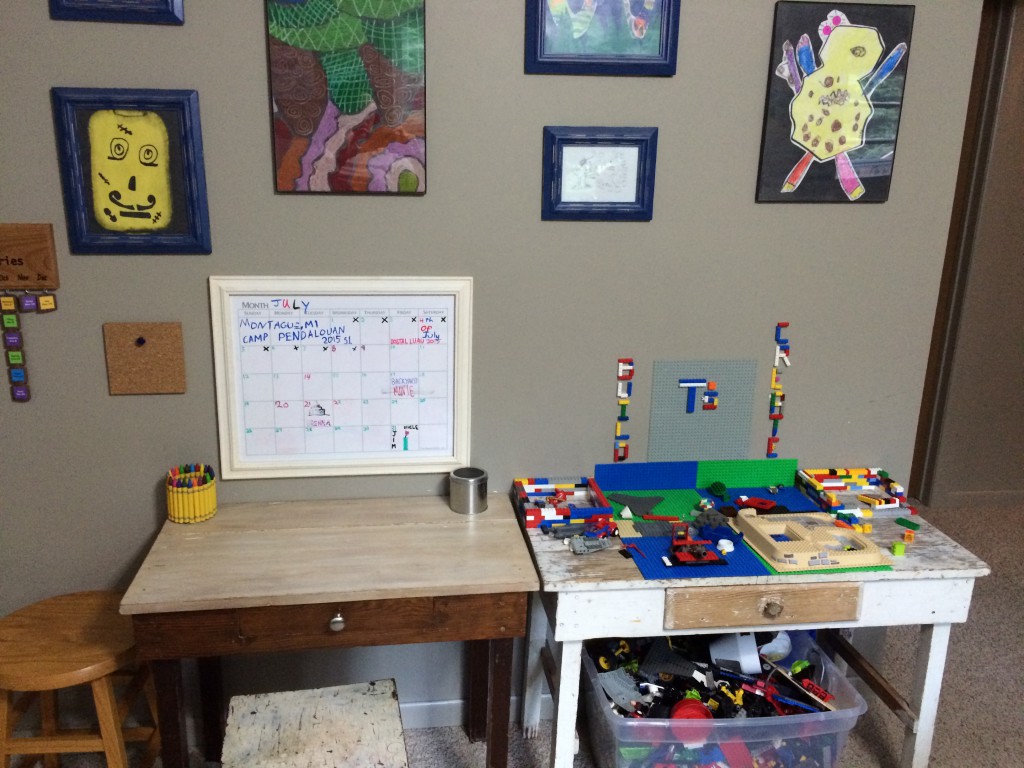

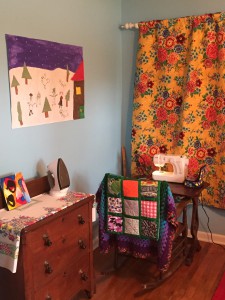
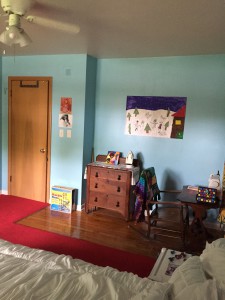
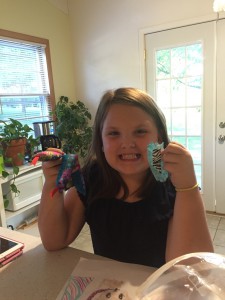
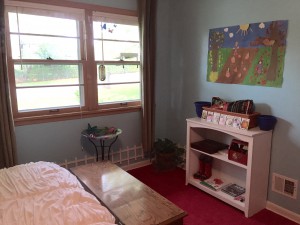
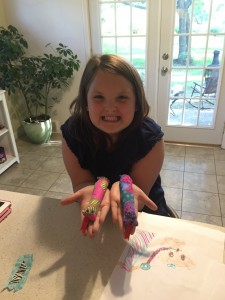
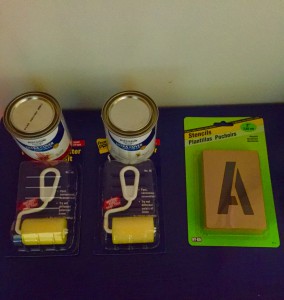
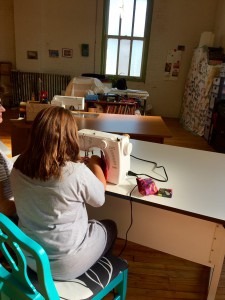
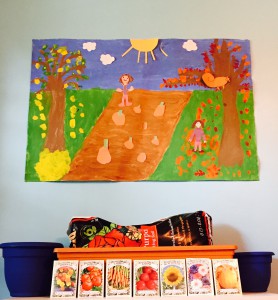
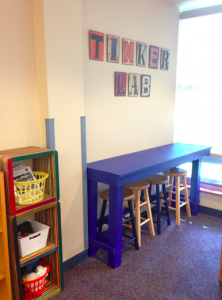
 Learn more about how to add spark to your writing.
Learn more about how to add spark to your writing.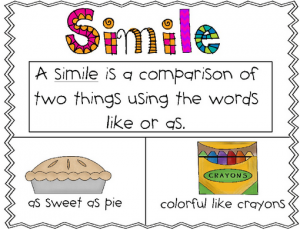

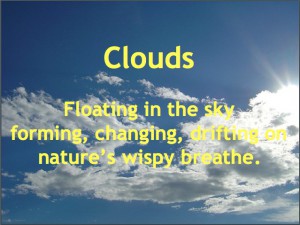
 Papel Picado means “pierced paper” in Spanish. In Mexico, artists use special tools to pierce through many layers of paper at once. In Mexico, people create Papel Picado banners to celebrate holidays and different occasions.
Papel Picado means “pierced paper” in Spanish. In Mexico, artists use special tools to pierce through many layers of paper at once. In Mexico, people create Papel Picado banners to celebrate holidays and different occasions.



 Data visualization is a general term that describes any effort to help people understand the significance of data by placing it in a visual context.
Data visualization is a general term that describes any effort to help people understand the significance of data by placing it in a visual context.